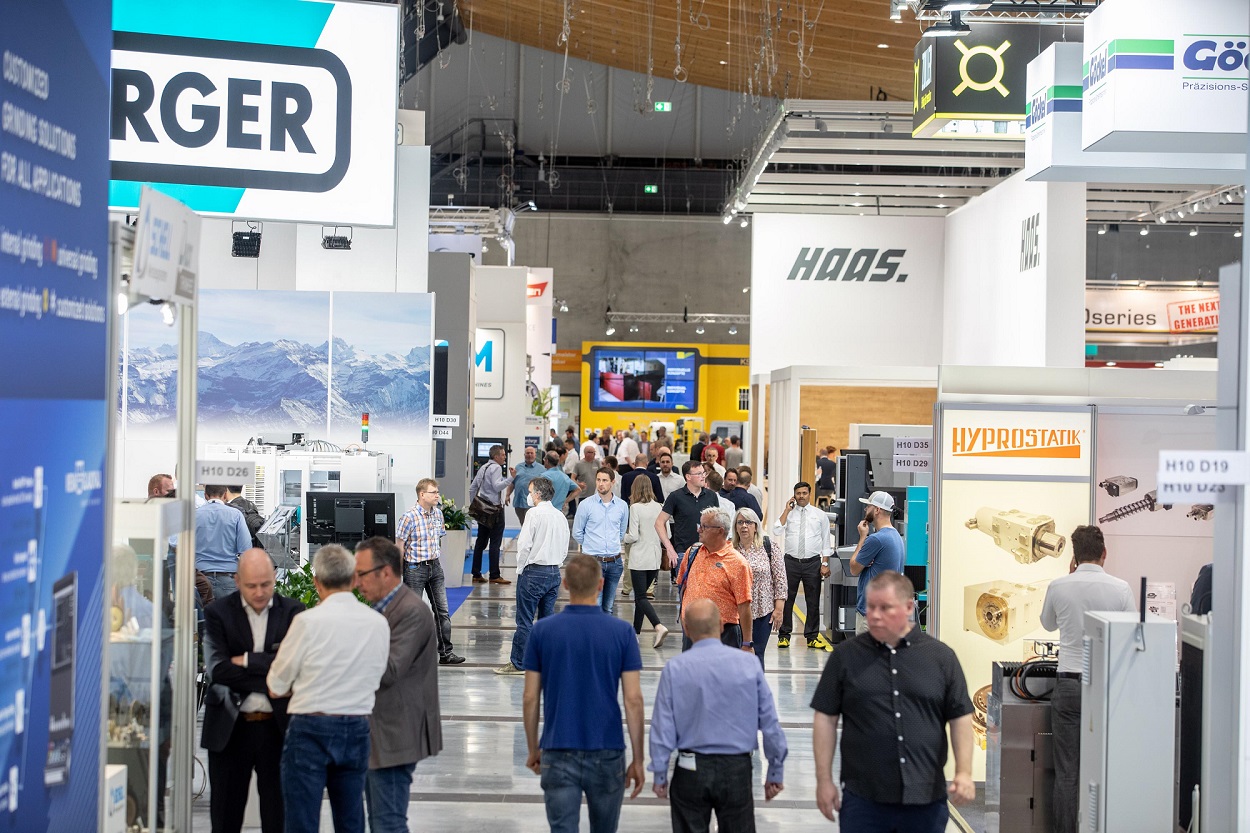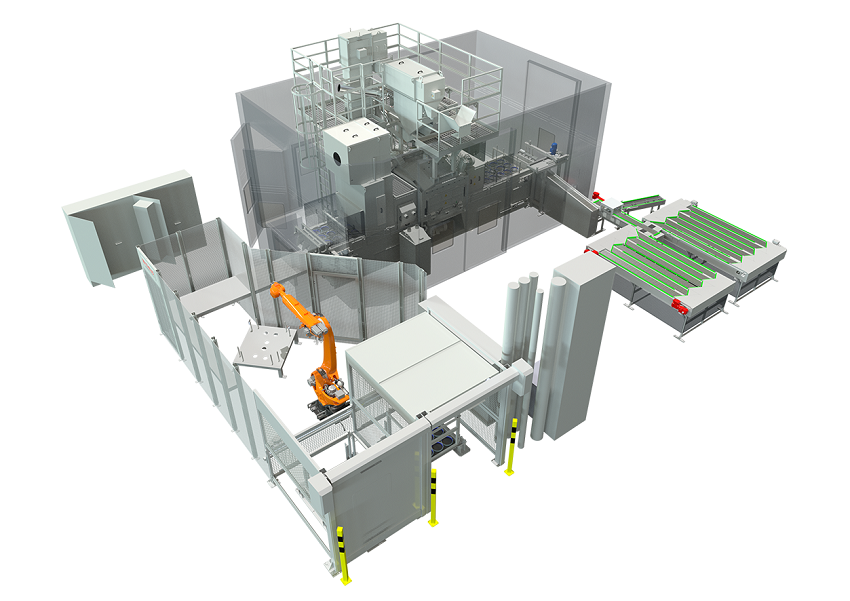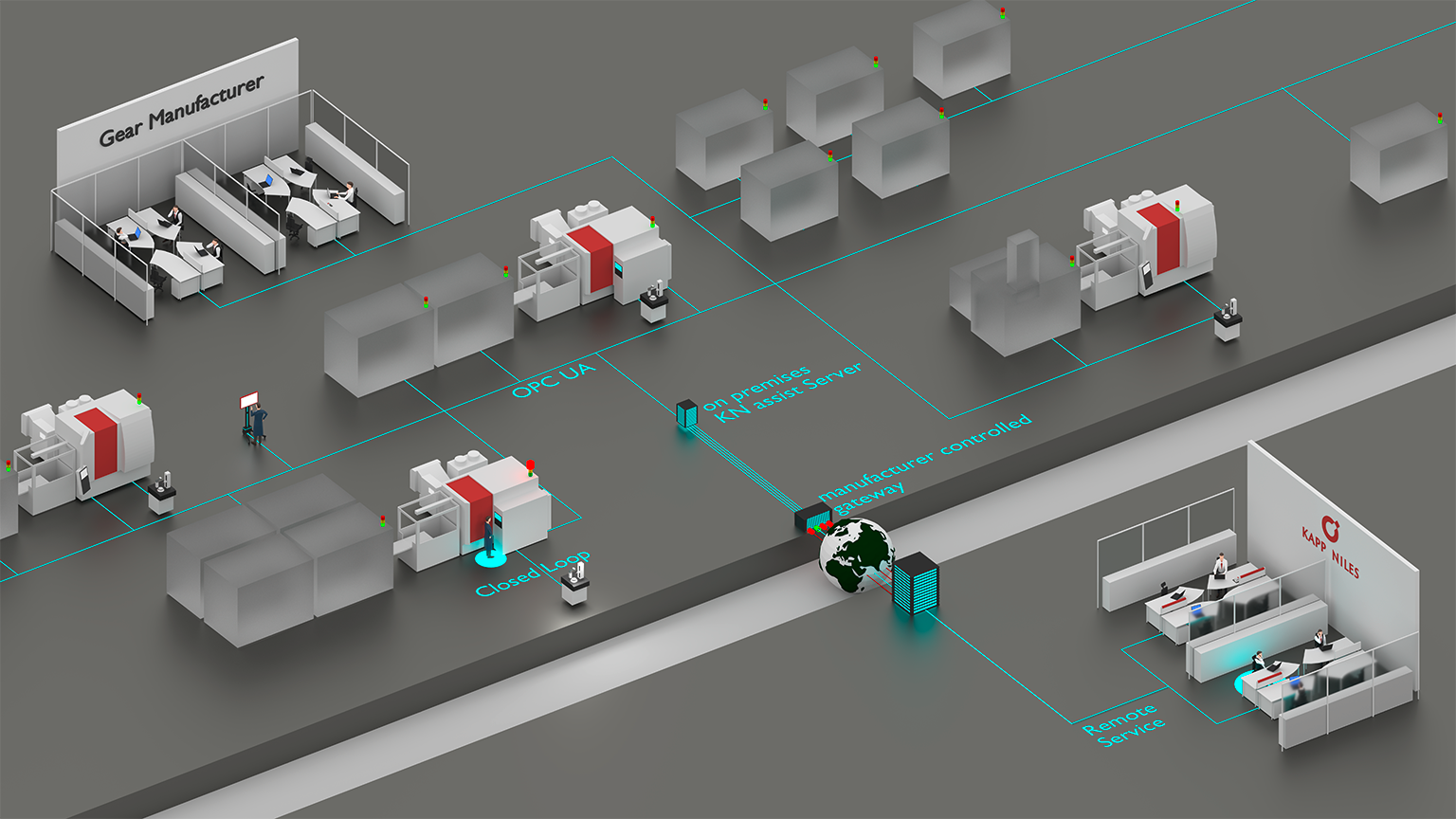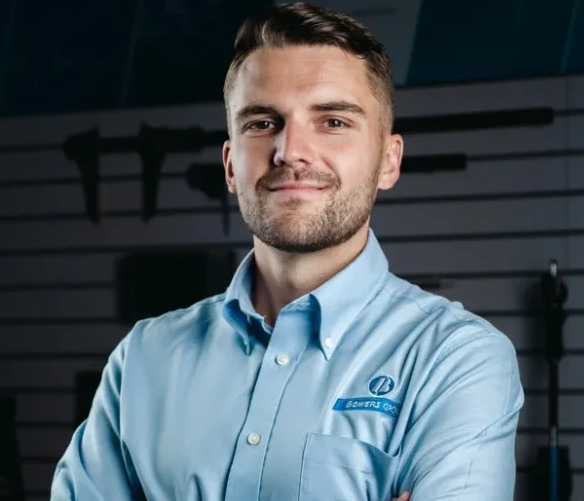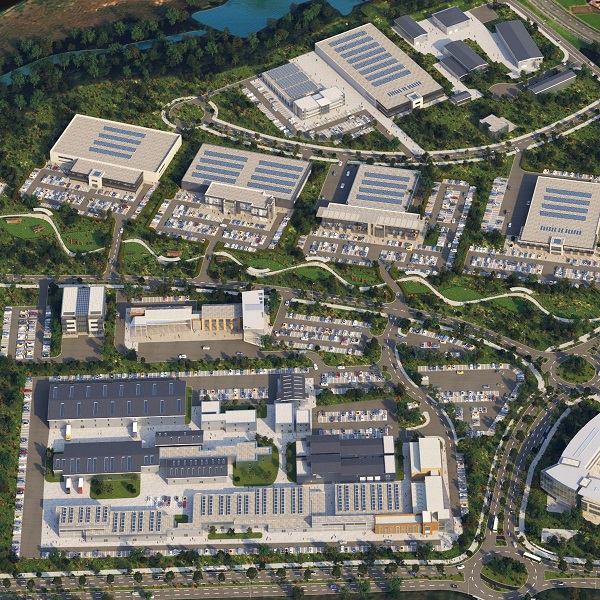GrindingHub 2022, a new biennial four-day exhibition in Stuttgart, concluded last month with organisers heralding the event a major success. Under the banner of ‘Brings Solutions to the Surface’, more than 370 exhibitors showcased their latest grinding technology innovations, products and solutions across almost 18,000 sq m of exhibition space. A total of 9500 visitors crowded into the three fully booked halls, with around 40% coming from abroad.
Manufacturers from 23 countries pulled out all the stops for the debut event. They exhibited numerous grinding-related innovations, everything from new tool concepts through to advanced processes, procedures and interface technologies. An impressive sight was the total of more than 240 machines that worked live at the exhibition ground, many of them on large and prestigious stands.
GrindingHub attracted visitors from all over the world, with a focus on other European countries, but also from South Korea, Brazil, Mexico, the USA and many more. Roland Bleinroth, managing director of Messe Stuttgart, welcomed the international popularity and sees further growth potential: “We had people from 56 countries as guests at the exhibition centre; a really great result,” he says. “There were also visitors from Asia. We see great potential for the next events in the Asian and American markets. We’re now tackling these in partnership with the VDW.”
Looking ahead to 2024, VDW executive director Wilfried Schäfer says: “GrindingHub is here to stay. We want to improve the trade fair and make it even better for our exhibitors, to raise its international profile and position GrindingHub as the number one event for the sector in the world.”
The next GrindingHub will take place on 14-17 May 2024 in Stuttgart.
For further information www.grindinghub.de






